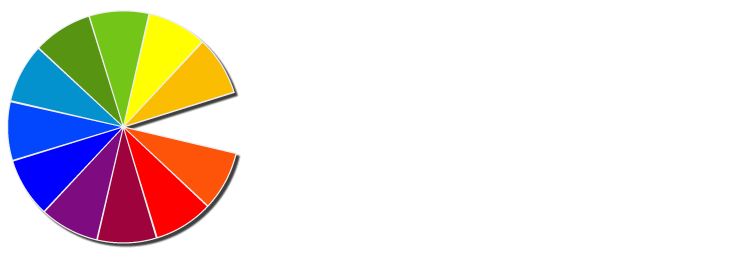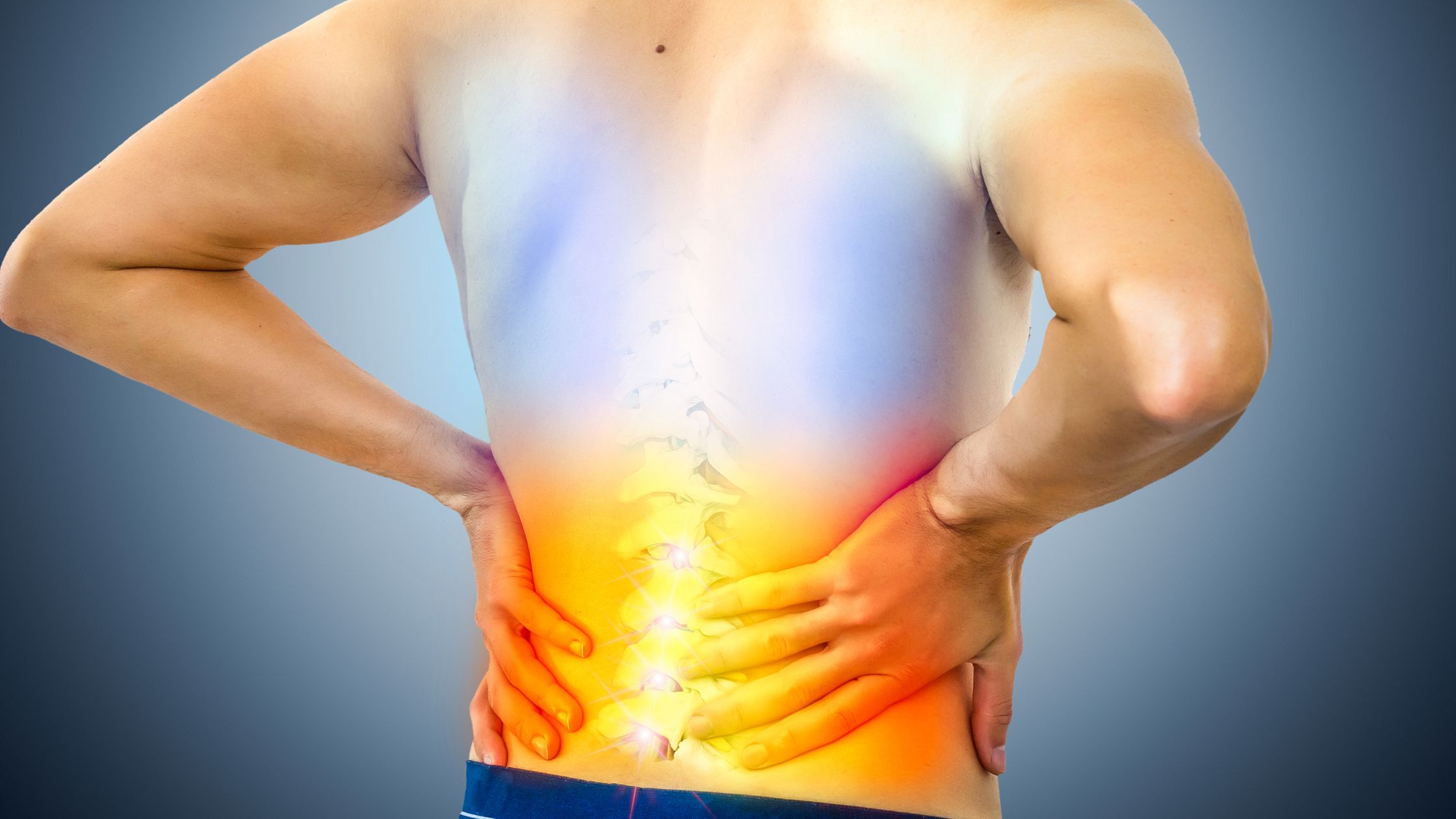Pain in the lower left side of the back is common, frustrating, and can stem from numerous causes, including muscle strain to spinal or organ issues. That’s why back pain specialists identify the root problem and personalize lower back pain treatment to each patient.
They use advanced technologies like diagnostic imaging and non-invasive back pain solutions to bring relief. But, before they can do that, they need a deeper understanding of what’s going on beneath the surface.
1. What Causes Pain in the Lower Left Side of the Back?
Pain in the lower left side of the back may result from muscle strain, herniated discs, sciatica, spinal stenosis, or even kidney-related issues. Effective treatment relies on the right diagnosis.
The most common causes include:
- Muscle strain – Often the result of overuse, poor posture, or lifting something heavy
- Herniated disc – When spinal disc material pushes out and presses on nearby nerves
- Sciatica – Nerve irritation or compression, usually from the lower spine, causing pain that radiates down the leg
- Spinal stenosis – A narrowing of the spinal canal that puts pressure on nerve roots
- Kidney stones or infection – Can mimic musculoskeletal pain, especially on the left side
Spinal pain relief starts with identifying the cause. Back pain specialists have the training and expertise to do exactly that.
2. How Do Spine Specialists Diagnose Lower Left Back Pain?
Spine specialists use a combination of physical exams, patient history, and diagnostic tools to determine what’s causing lower left back pain.
After reviewing your symptoms and medical history, a specialist may perform:
- Neurological testing to assess strength, reflexes, and sensation
- Imaging such as X-rays, CT scans, or MRI to examine bones and soft tissues
- Electromyography (EMG) to check nerve activity, especially if they think it’s sciatica or disc herniation
- Risk stratification tools like the STarT Back tool to tailor treatment based on prognosis
These tools and steps give back pain specialists the information they need to tailor treatment plans to specific cases.
3. Non-Surgical Treatment Options for Lower Left Back Pain
If you’re wondering how spine doctors treat lower left back pain without surgery, here’s what they might recommend.
Non-invasive back pain solutions are usually the first thing to try. These treatments address symptoms and prevent progression, especially in patients with mild to moderate discomfort:
- Core stabilization exercises improve muscular support and spinal alignment. Clinical trials show that these exercises can reduce pain, increase function, and lower disability over time.
- Manual therapy, like spinal manipulation and soft tissue techniques, may enhance outcomes when paired with exercise. Patients often report quicker relief and greater mobility with combined approaches.
- Physical therapy focuses on restoring flexibility, strength, and body mechanics.
- Non-steroidal anti-inflammatory drugs (NSAIDs) may be used short-term to reduce inflammation and improve comfort.
- Education and activity modification help patients stay mobile and informed while managing symptoms. Guidance from a provider can lead to healthier habits, which in turn lead to less flare-ups.
These conservative treatments are widely supported by clinical guidelines from organizations like NICE and the WHO.
4. When is Interventional Treatment Necessary?
When conservative care doesn’t work, interventional treatments like radiofrequency ablation are used.
For patients with ongoing lower back pain due to facet joint issues, specialists may recommend:
- Cooled radiofrequency ablation (C-RFA), a minimally invasive technique that uses thermal energy to interrupt pain signals. A recent trial showed that 70% of patients experienced at least a 50% reduction in pain after this procedure.
- Facet joint steroid injections may be used for short-term relief, but C-RFA usually leads to better long-term outcomes.
Patients that aren’t responding to non-invasive back pain solutions and have undergone diagnostic nerve blocks are most suitable for these kinds of treatments.
5. Do All Patients Need Surgery for Lower Left Back Pain?
No, most patients with pain in the lower left side of the back improve without surgery. In fact, most clinical guidelines recommend avoiding surgery unless there are very specific red flags. Those red flags include neurological deficits, unexplained weight loss, trauma, or infection.
Your back pain specialist might consider surgery when:
- A herniated disc causes significant nerve compression that doesn’t respond to other treatments
- Spinal stenosis leads to severe mobility limitations
- All other lower back pain treatments aren’t working and your condition continues to get worse
Surgery is always a last resort. Spine specialists will exhaust all other options first.
6. How to Choose a Spine Specialist in Your Area
The best spine specialist for lower left back pain takes a comprehensive, evidence-based approach and prioritizes non-invasive care.
Look for a provider who:
- Is board-certified in orthopedics, physiatry, or pain medicine
- Offers both conservative care and interventional treatments
- Uses advanced diagnostics and tailors treatment to individual needs
- Partners with physical therapists and other professionals to deliver complete care
Seeing a qualified specialist early can make a major difference in recovery and long-term spinal health.
7. What to Expect from Expert Care
Spine specialists treat pain in the lower left side of the back by identifying the source and providing appropriate care. That could mean anything from physical therapy to interventional procedures like radiofrequency ablation.
A typical patient journey often includes:
- Initial Evaluation – The process begins with a detailed consultation where a specialist reviews your symptoms, medical history, and lifestyle factors. They’ll ask where the pain is, what aggravates it, and how long it’s been occurring.
- Diagnostic Testing – Based on the initial exam, your provider may order imaging tests like an MRI, X-ray, or CT scan, and sometimes nerve studies. These help pin down the underlying cause, whether it’s a disc issue, joint problem, nerve compression, or another condition.
- Conservative Care Plan – Most patients start with non-invasive back pain solutions. They might try physical therapy, posture training, and anti-inflammatory medications. This stage often lasts several weeks and may include guided exercise, manual therapy, and lifestyle coaching.
- Progress Monitoring – Your progress is regularly reviewed. If symptoms improve, the conservative approach continues. If pain persists or worsens, back pain specialists start considering more advanced treatments.
- Interventional Treatment – If needed, procedures such as epidural steroid injections or cooled radiofrequency ablation may be used. They reduce inflammation or interrupt pain signals from problematic joints or nerves.
- Ongoing Support – Even after pain improves, your specialist may recommend follow-up visits, home exercises, or physical therapy. This is to help maintain spinal health and prevent the issue from recurring.
In summary:
- Pain may stem from muscles, nerves, discs, joints, or internal organs
- Diagnostic testing ensures accurate and timely treatment
- Lower back pain treatment often starts with non-invasive care
- Interventional procedures are reserved for patients with persistent or severe symptoms
- Surgery is considered only when all other treatment paths have been exhausted
With the right care plan, most patients experience significant relief and regain their quality of life. Most don’t need surgery. Seeking timely, expert guidance is the first step toward long-term spinal pain relief and better mobility.
Pain in Lower Left Side of Back FAQs
Can kidney issues cause pain in the lower left back?
Yes. Kidney stones or infections can lead to sharp lower back pain on the left side, often accompanied by changes in urination or fever.
What is the best treatment for lower left back pain from a herniated disc?
Physical therapy, oral anti-inflammatories, and possibly epidural injections are commonly used. Surgery is only considered if symptoms worsen or persist despite these treatments.
When should I see a spine specialist for lower left back pain?
If your pain lasts longer than two to four weeks, gets worse, or includes numbness, tingling, or weakness in the legs, consult a back pain specialist.
When to See a Spine Specialist for Lower Left Back Pain
If you’re experiencing persistent pain in the lower left side of your back, seek expert care.
Back pain specialists use a step-by-step approach that starts with diagnosis and non-invasive back pain solutions. From there, they’ll progress to interventional treatments only when needed. For most people, lower back pain treatment doesn’t need surgery, especially when you get care early.
Spine specialists can help you manage symptoms, restore mobility, and prevent your condition from becoming chronic. Whether you’re recovering from a strain or facing long-standing discomfort, working with a provider who specializes in chronic back pain management gives you the best chance for lasting relief.
The most effective way to get spinal pain relief is to address the issue with experienced professionals who offer personalized, progressive care. That’s how pain stops and recovery begins.
Resources:
Blanco-Giménez, P., Vicente-Mampel, J., Gargallo, P. et al. Clinical relevance of combined treatment with exercise in patients with chronic low back pain: a randomized controlled trial. Sci Rep 14, 17042 (2024). https://doi.org/10.1038/s41598-024-68192-2
https://www.who.int/news/item/07-12-2023-who-releases-guidelines-on-chronic-low-back-pain
https://www.nice.org.uk/guidance/ng59/chapter/Recommendations
Zachary L McCormick, Aaron Conger, Richard Kendall, Graham Wagner, A Michael Henrie, Madelaine Littell, Beau P Sperry, Russel Petersen, Amanda N Cooper, Masaru Teramoto, Taylor R Burnham, A pragmatic randomized prospective trial of cooled radiofrequency ablation of the medial branch nerves versus facet joint injection of corticosteroid for the treatment of lumbar facet syndrome: 12 month outcomes, Pain Medicine, Volume 24, Issue 12, December 2023, Pages 1318–1331, https://doi.org/10.1093/pm/pnad107




